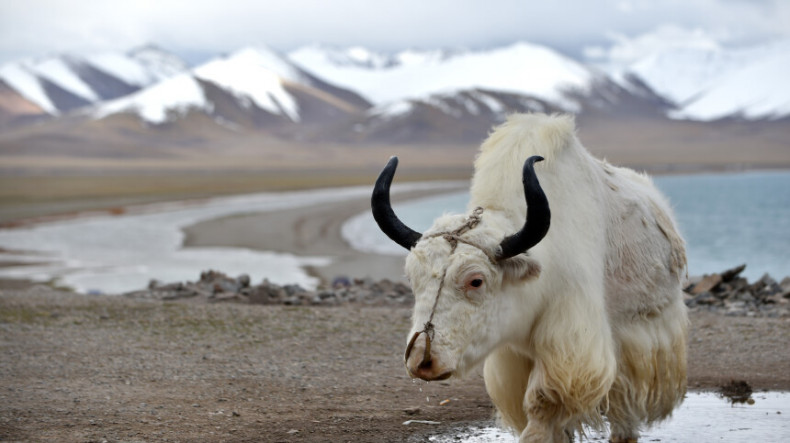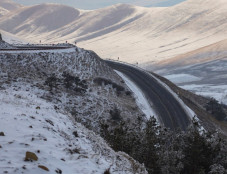
Tibetan Plateau lakes expanding rapidly, study reveals
The area of lakes on the Qinghai-Tibet Plateau has expanded by over 10,000 square kilometers over the past 30 years, China Daily reports, citing researchers from the Chinese Academy of Sciences' Qinghai-Tibet Plateau Research Institute.
There are around 60,000 lakes on the plateau, covering an area of approximately 50,000 sq km. The latest research by scientists from the institute's environmental change and multisphere processes team, led by researcher Zhang Guoqing, predicts that by the end of this century, the lake area will expand by another 20,000 sq km under a low-emission scenario.
That would increase water levels by an estimated 10 meters, resulting in a 652-billion-metric-ton increase in water volume — four times the increase over the past 50 years.
The research, published in the international academic journal Nature Geoscience on May 27, is poised to provide crucial scientific guidance for future planning on the Qinghai-Tibet Plateau.
Described as the "Asian water tower", the plateau boasts the world's highest and most extensive plateau lake group, accounting for over 50 percent of China's total lake area.
Zhang said that despite a global trend of decreasing large lake volumes due to climate change and human activities, the lakes on the plateau have experienced rapid expansion as the climate becomes warmer and more humid.
"This expansion has heightened the risks of lake inundation disasters and impacted ecosystems such as grasslands, wetlands and biodiversity," he added.
Xu Fenglin, one of the authors of the paper and a doctoral student at the institute, said the greatest expansion of lake area is being seen in the north of the plateau, and they could double in size under a high-emission scenario.
"By integrating field surveys and remote sensing observations, the team projected changes in lake area, water level and water volume from 2021 to 2100 under various scenarios," Xu said, adding the study also evaluated the implications of the lakes' changes on basin restructuring, infrastructure and ecosystems.
"The lakes in the central region of the plateau are projected to expand by over 50 percent, while lakes in the southern region, previously in a state of shrinkage, are anticipated to transition to expansion in the near future," Xu said.
"The expansion of lakes on the Qinghai-Tibet Plateau will increase lake-atmosphere exchanges, potentially leading to an increase in greenhouse gas concentrations in the atmosphere, thereby exacerbating global warming."
He said increased precipitation was the biggest contributor to the expansion of the lakes, with the melting of glaciers also playing a role.
The expansion of lakes on the plateau will have wide-ranging impacts, including the inundation of high-quality grasslands around the lakes, affecting grazing, animal husbandry and local economic development, he added.
"Taking the region's Serling Tso Lake as an example, over the past 50 years, the lake has increased by about 800 sq km, submerging around 20,000 hectares of grasslands and numerous roads," Xu said.
Newsfeed
Videos






























